October 20, 2014
Photos, Video: Oceana Wraps Up Canary Islands Expedition after Discovering Vast Biodiversity
BY: Brianna Elliott
Oceana in Europe recently concluded their month-long expedition to the Canary Islands, which documented a vast amount of biodiversity around the island of El Hierro. The expedition aimed to map and gather more information about seamounts north of Lanzarote, the easternmost Canary Island, and around Sahara, the southernmost point of the Spanish Exclusive Economic Zone, to help grow the body of knowledge about these areas and advance their protective measures. This was Oceana’s second expedition in 2014 and second expedition to the Canary Islands.
“Although there are some habitats that are specific to certain depths, in all dives and environments we have documented many different species, demonstrating the richness in biodiversity of southern El Hierro,” Oceana in Europe research director Ricardo Aguilar said in a press release. “With information gathered from this expedition, we intend to promote the creation of a marine national park in the southern part of El Hierro island; the first one in Europe.”
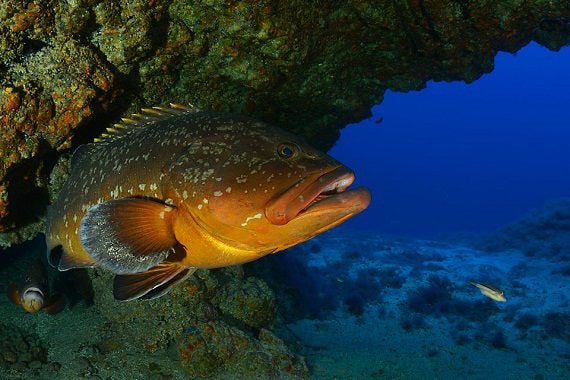
Dusky grouper (Epinephelus marginatus) in a cave in Punta Miradero, El Hierro, Canary Islands, Spain, pictured during the Ranger Expedition to the Atlantic Seamounts in September 2014. (Photo: Oceana in Europe / Carlos Minguell)
With the support of the Biodiversity Foundation and the Ministry of Agriculture, Food and the Environment, Oceana conducted over ten ROV dives at depths from 260 to 3,200 feet around El Hierro Island in the Canaries, as well as several others with divers in shallower areas, and witnessed countless marine life. The biodiversity is due in part to varying substrate materials, the steep shelves of the seamounts, and its strategic geographic location that attracts species of both temperate and tropical origins. Some legal protections are already in place to protect these species.
“We cannot believe today is the last day of sampling during this campaign that has been so intense and enriching. To top the day off, we decided to return to Punta del Cascajo, an area we had previously sampled but that could not be “squeezed” as we would have liked to due to weather conditions,” Oceana in Europe marine scientists and expedition crew member Helena Álvarez said in one of many diaries from the expedition. “As expected, it did not disappoint us, we found large deep coral reefs (Lophelia pertusa, Madrepora oculata), large aggregations of glass sponges, carnivorous sponges, black corals, and once again, sharks.”
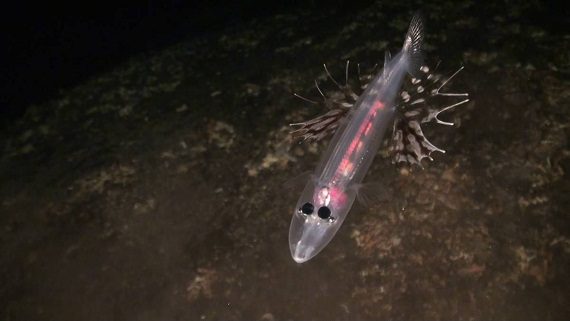
Brown-snout spookfish (Dolichopteryx longipes) in El Hierro, Canary Islands, Spain, pictured during a Ranger Expedition to the Atlantic Seamounts in September 2014. (Photo: Oceana in Europe)
This is Oceana in Europe’s second expedition of the year. Earlier this summer, Oceana launched an expedition to the Balearic Islands in an effort to map and document three ecologically important seamounts in need of conservation.
Take a look below for more photos and a video from the expedition. You can also watch even more videos from the expedition, view dozens of photos on Oceana in Europe’s Flickr page, and read more expedition diaries here.
Canary Islands from Oceana on Vimeo.
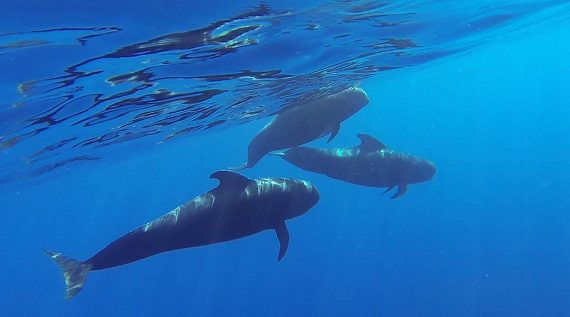
Short-finned pilot whales (Globicephala macrorhynchus) in Tenerife, Canary Islands, Spain, picture during the Ranger Expedition to the Atlantic Seamounts in September 2014. (Photo: Oceana in Europe / Enrique Talledo)
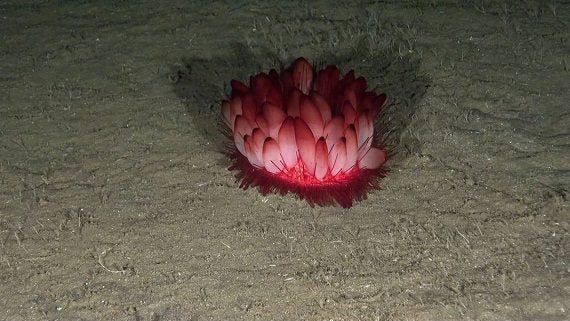
Sea urchin (Phormosoma placenta) in El Hierro, Canary Islands, Spain, pictured during the Ranger Expedition to the Atlantic Seamounts in October 2014. (Photo: Oceana in Europe)
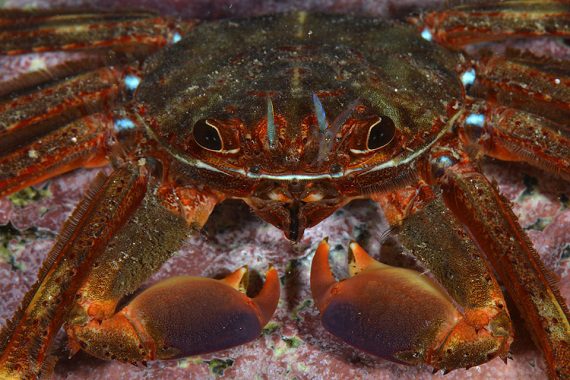
Nimble spray crab (Percnon gibbesi), an invasive species, in Port of La Restinga, El Hierro, Canary Islands, Spain, and pictured during the Ranger Expedition to the Atlantic Seamounts in October 2014. (Photo: Oceana in Europe / Carlos Minguell)
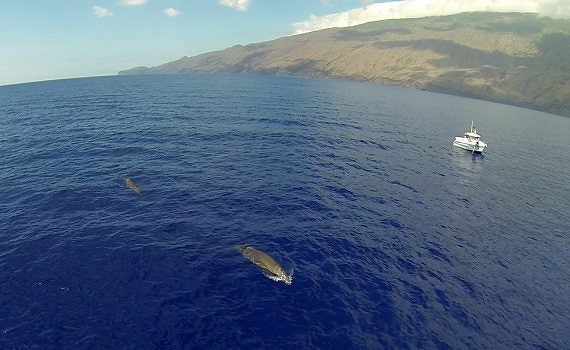
Densebeak whales (Mesoplodon densirostris) in Mar de las Calmas, El Hierro, Canary Islands, Spain during the Ranger Expedition to the Atlantic Seamounts in September 2014. (Photo: Oceana in Europe / Enrique Talledo)



